Balenciaga’s brilliant ‘street’ wear looked like everything — and nothing — you’ve seen before
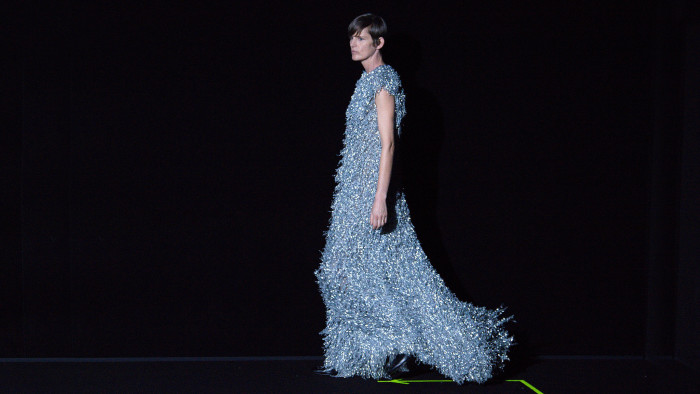
Roula Khalaf, Editor of the FT, selects her favourite stories in this weekly newsletter.
The Balenciaga set was a vast black box that stank of asphalt. The collection reeked of street. It was brilliant, bold and contemporary — and there wasn’t a sneaker to be seen.
In a season that has been big on retro references and the allure of the bourgeoisie, Demna Gvasalia’s modern take on Paris style made for a powerful statement. There was lots of sober suiting, casual outerwear and simple evening dresses, but the cuts and the couture sensibility ensured no two looks (and there were more than 100 of them) were quite the same. It was also a meditation on what is relevant in fashion, a world where the water bottle has been elevated to new luxury status, and the synthetic puffa is more valuable — and desirable — than a fur. At Balenciaga, models slung bottle bags around their bodies, and carried bags that could manage a supermarket run. “I like people who like shopping,” deadpanned Gvasalia of his shoppers. “I depend on people shopping for my job.”
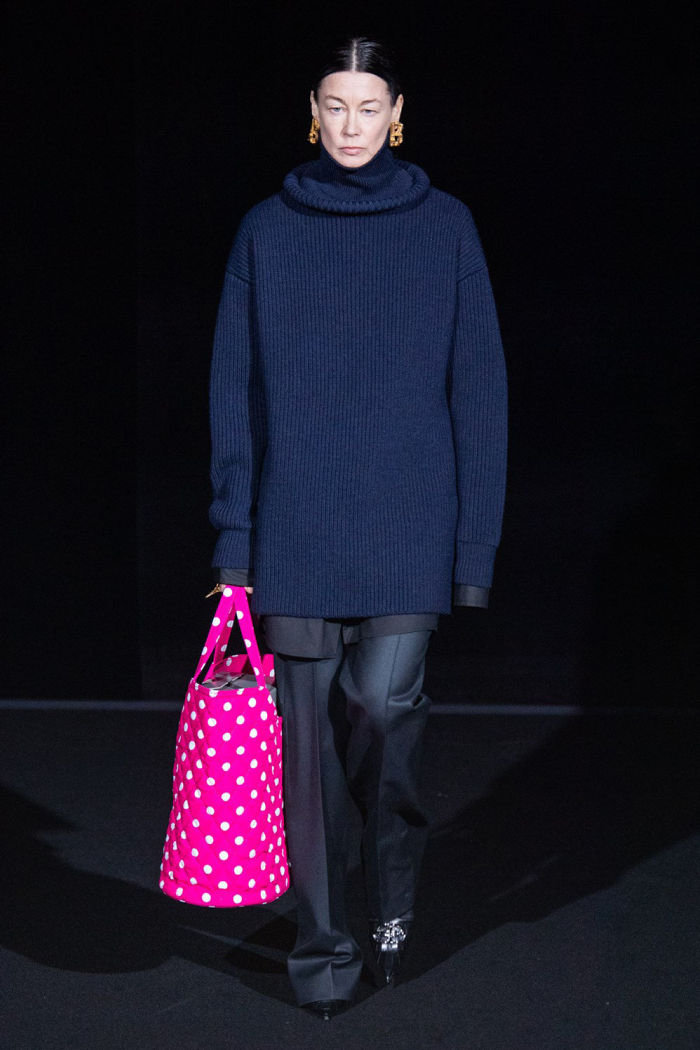
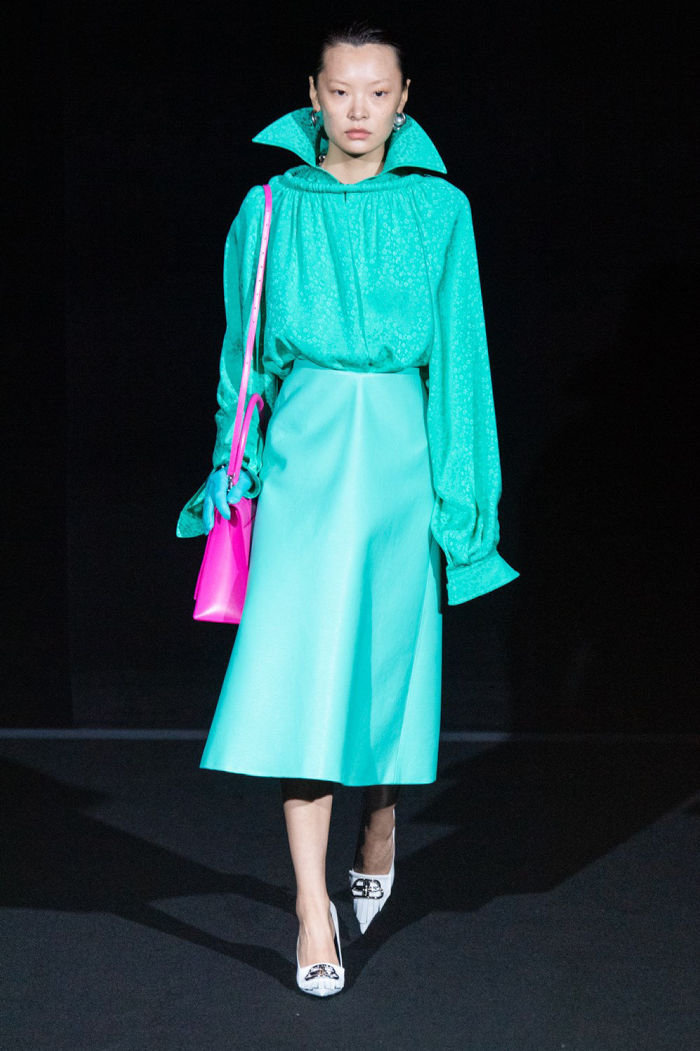
Gvasalia’s show dripped with clever details, while offering new takes on the basics and tailoring tricks that made you stop and stare. The shoulder, already the feature of AW19, was pinched, volumised and pinned from behind. My favourite look of the season so far? An otherwise boring sweater with a suspended band that hovered implausibly above the collar. Worn with a pair of charcoal trousers and a red polka dot tote, it hit that G-spot where function meets true fashion and makes four weeks of shows feel more worthwhile.
It was grown-up, it was polished, it was full of couture details. Balenciaga was born a couture house after all and Gvasalia doesn’t shy away from that — he just keeps his cuts for the things that are important — the suiting, the parkas and those endless, epic coats.
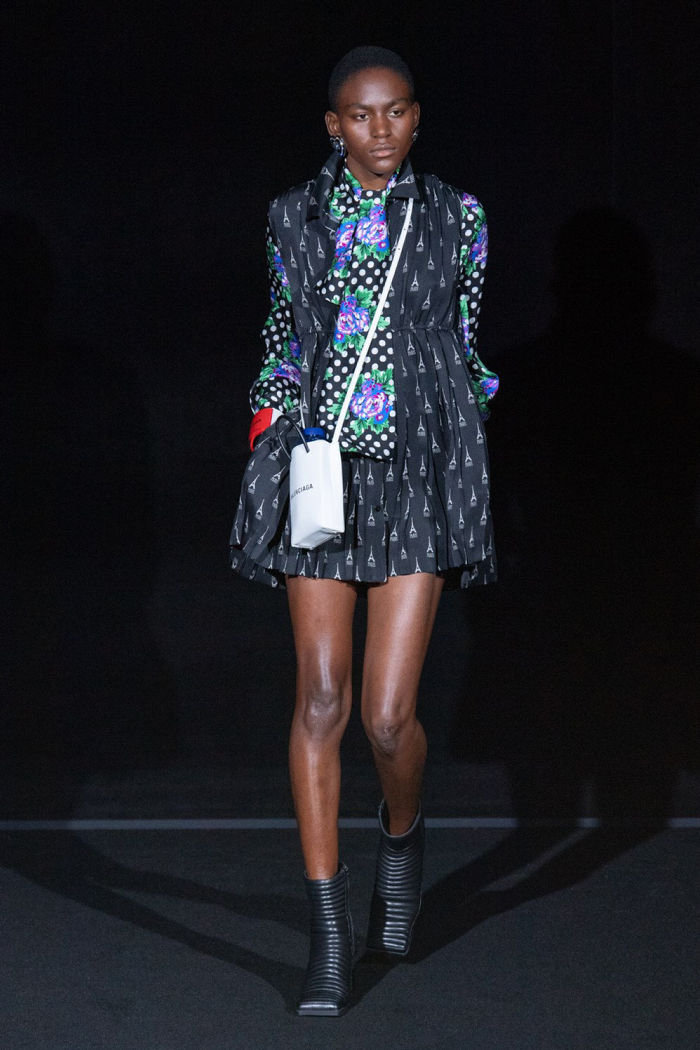
On its own the collection was stunning, if fractionally too long and hard to see. It also provoked all sorts of thoughts about “new luxury”, and the new vogue for the bourgeois that has dictated the season’s mood so far. In many ways Balenciaga’s themes echoed the message of the season, where mature, slightly retro clothes have featured everywhere, from Gucci and Burberry, to Celine and Dolce & Gabbana, and designers have seemed less focused on the youth. I’m not sure a single designer this month has mentioned “the millennial” as a muse.
And there’s been less logomania. In recent seasons, luxury houses (and especially Balenciaga) have branded themselves like sportswear giants, such as Adidas or Nike. For AW19 things have been more subtle: there’s been more focus on the clothes making than the brand name, and while there were still lots of logos at Balenciaga, they were slightly less brash and in your face. On the handbags, where a letter B was used as hardware, the branding was often blackened out.
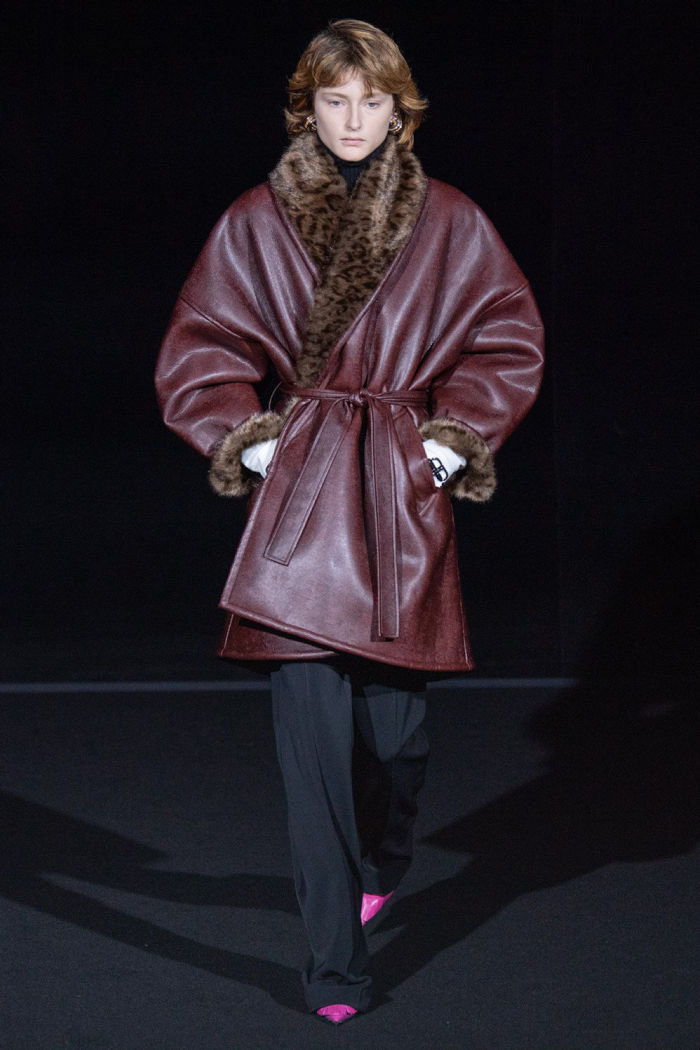
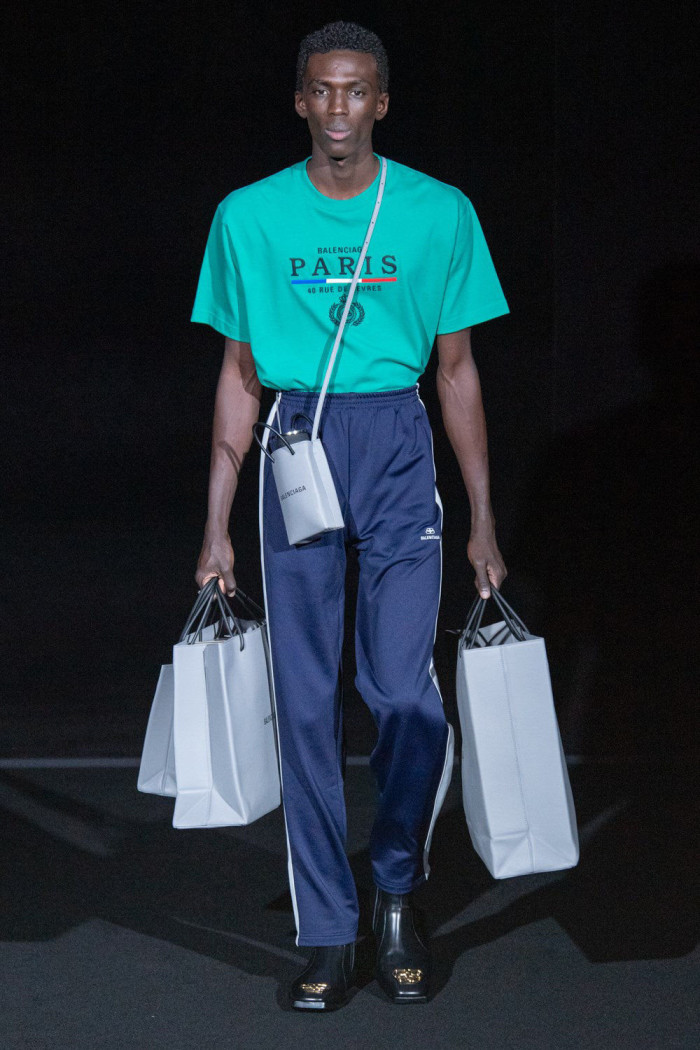
One hopes it reflects a changing market in which consumers are less interested in buying exorbitantly priced T-shirts and more interested in the quality of the clothes. In the era of the “Amazon puffa”, and at a time where consumers are increasingly focused on value, the emphasis on more “luxurious” clothing might read as an act of self-defence. After all, if you want someone to spend £3,000 on a coat, it should at least look, and feel, smart.
It might explain also the rise of that Seventies “bourgeois” mood — where loafers, equestrian details and headscarves have been key. It’s more sophisticated surely, but you have to wonder how the modern woman will feel about this “lady” sensibility. When I asked Derek Blasberg, the head of fashion and beauty partnerships at YouTube, to describe the style of Silicon Valley at the moment, he answered “yoga”. It’s hard to imagine the wellness empresses of California finishing their spin class and putting on a box-pleat skirt.
Neither would I have wanted to be flaunting a Thatcher-era pussy-bow blouse on Avenue Montaigne this weekend, where the gilets jaunes were out in force, as they have now been for months. Stuck on luxury’s most bougie boulevard on Saturday as huge swaths of demonstrators surrounded the car, my instinct was simply to blend in. Fashion has an almost Marie Antoinette-ish capacity for denial and escaping into fantasy when real life gets too strong. Balenciaga was one of the few brands that seemed grounded in reality. Or at least some awareness of the world around it. The coats were couture style but they came in hazard yellow.
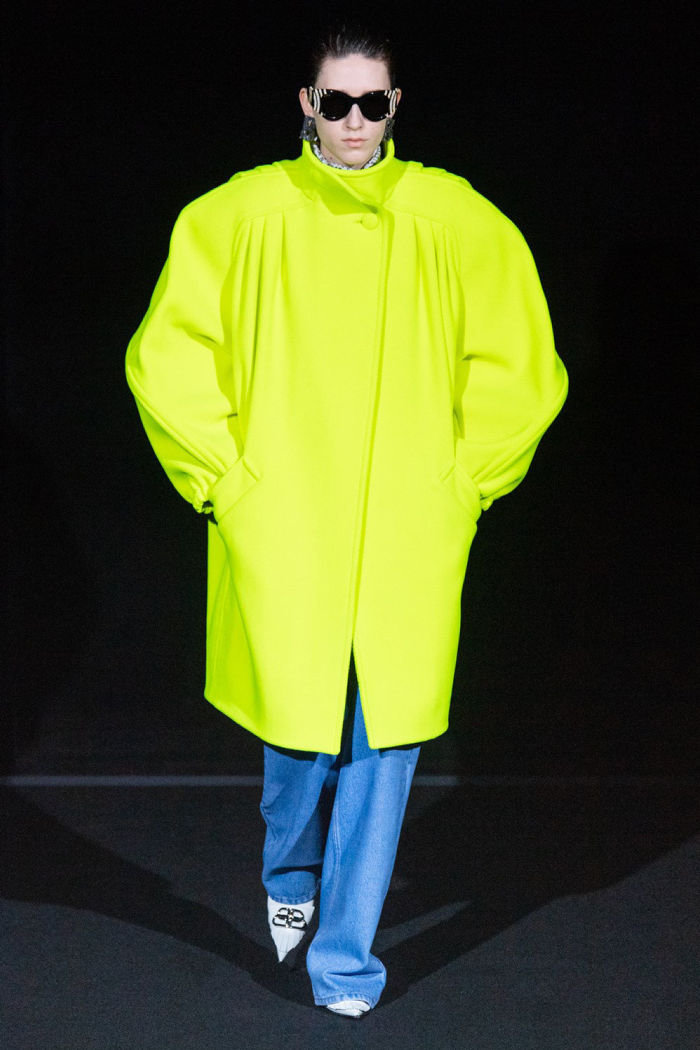
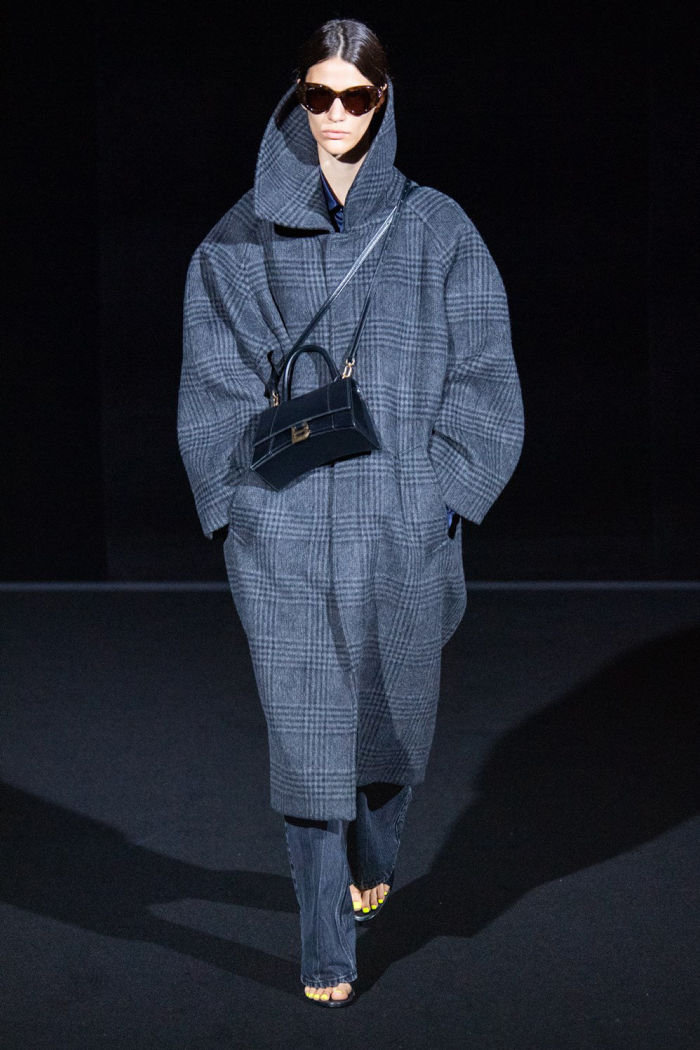
Is fashion’s preoccupation with the signifiers of the propertied classes a rallying call for custom, or a last-ditch cry for help? At Hermès, arguably the brand to which the bourgeois woman most aspires, I asked designer Nadège Vanhee-Cybulski. The heritage brand has been quietly furnishing the world’s wealthiest people for decades, and the padded quilted nappa leather puffas, cashmere coats and printed silk day dresses (inspired by a scarf print) she presented for AW19 were no exception.
And yet she argues that the longevity and power of Hermès is found in its being a “democratic brand”. The house of the astronomically expensive Birkin handbag is democratic? Come off it. “For me, Hermès is about craftsmanship, and humanity. I’m never thinking about transmitting a woman’s status in society,” she continued, “but on the men, and women, who are the experts in the house. I’m purely focused on the skills of the atelier. The craftwork, and the detail. It’s democratic, because everyone can see the beauty in the work.”
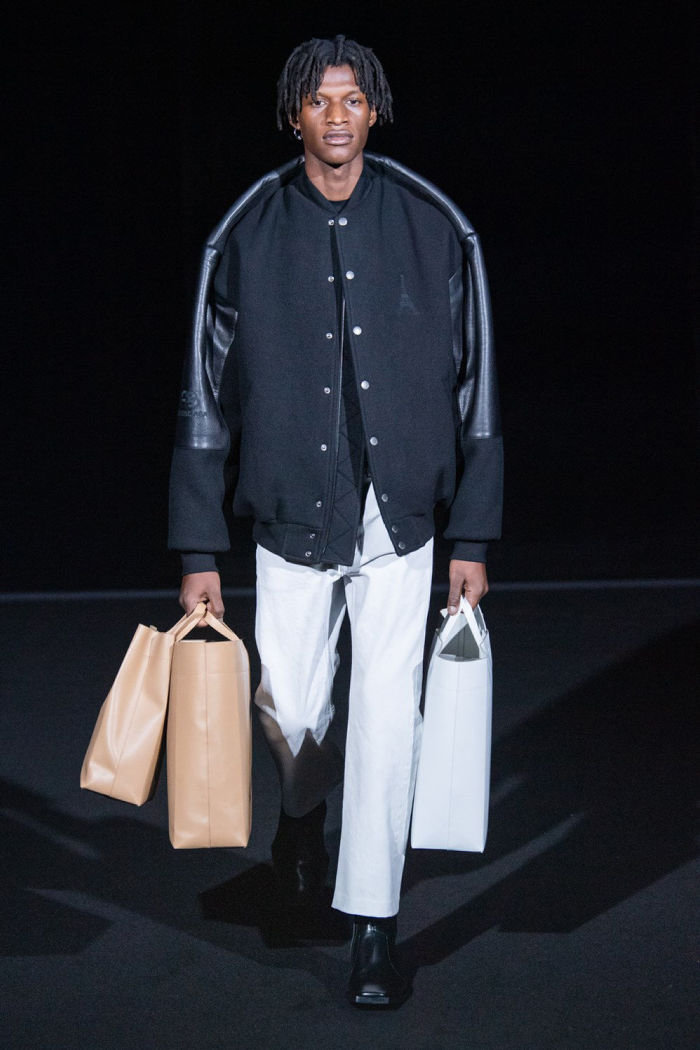
Carefully modest, craft-focused and cautious with its marketing, it’s ironic that Hermès is one of the most powerful brands. Its annual revenues amount to more than €5bn, but if you want an anecdotal indicator as to just how well it’s doing, have a wander around any Hermès store. Wherever you are in the world, along with Chanel, Gucci and Louis Vuitton, it’s always, always the busiest one.
That said, and as with many of Vanhee-Cybulski’s collections, I could live with a little less of the house’s expertise. Did those lovely scarf-print blouses really need a pleated trim along the placket, or the ruffle running from the shoulder down the sleeve? Is there a massive demand for tailored leather knickerbockers? And does she always have to show such heavy shoes? I quibble. There were many delicious things here. Such as the black leather caban jacket, with overstitching, and a moss green cashmere coat with leather trims. Quietly stylish, epically expensive and essentially bourgeois. Clothes for people who care more about the quality, and have no interest at all in sticking out.
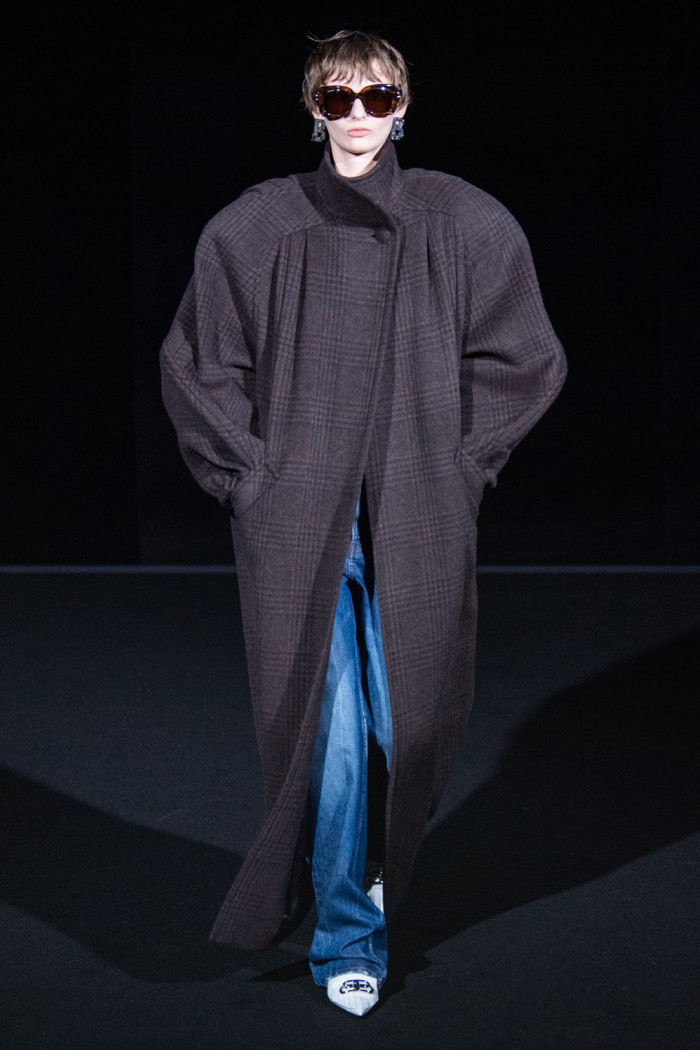
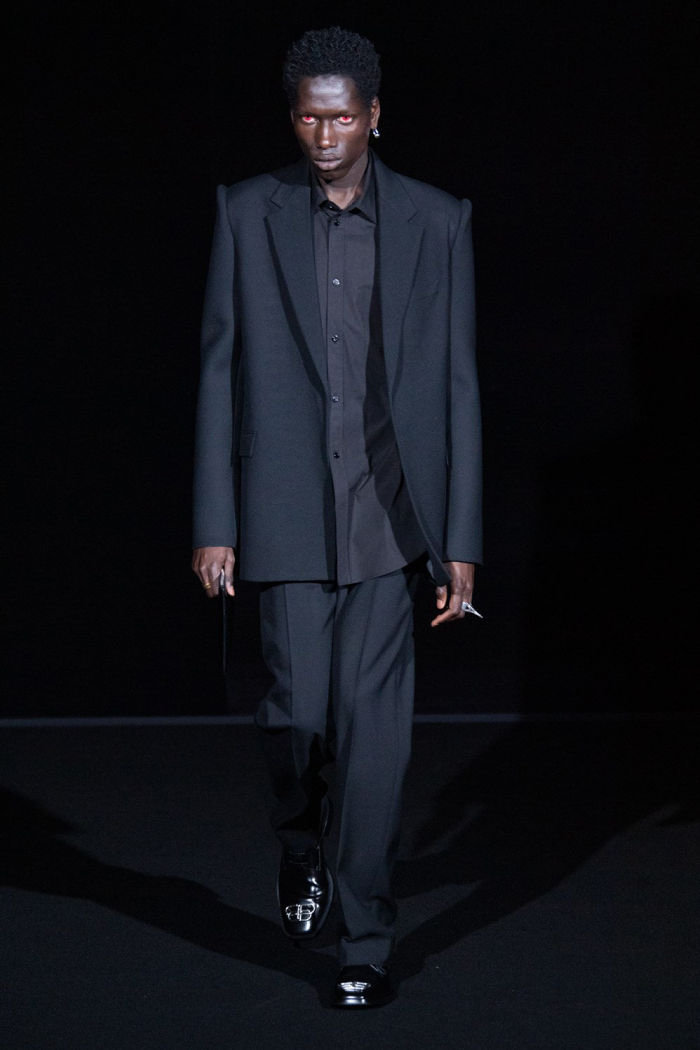
Jo Ellison will be hosting the FT’s Business of Luxury Summit in Madrid on May 19-21. For more information visit ftbusinessofluxury.com
Follow @FTStyle on Twitter and @financialtimesfashion on Instagram to find out about our latest stories first. Subscribe to FT Life on YouTube for the latest FT Weekend videos
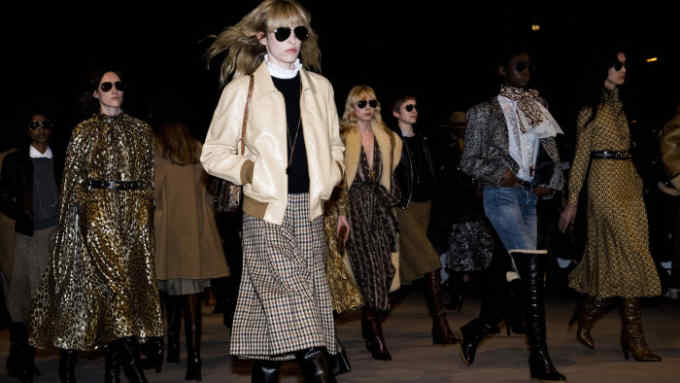
Comments